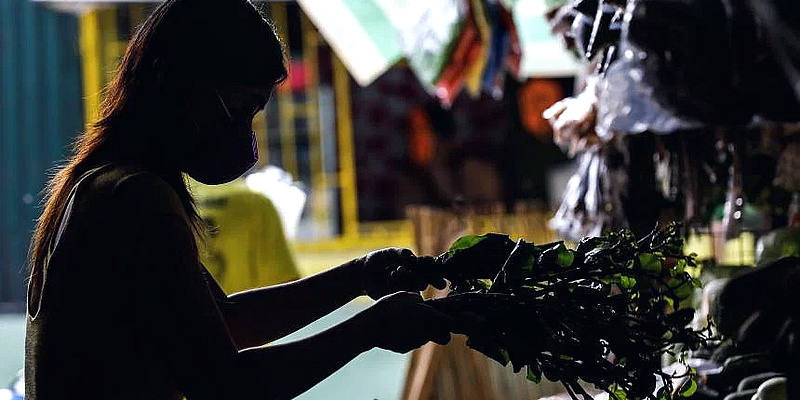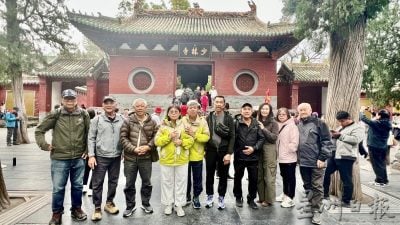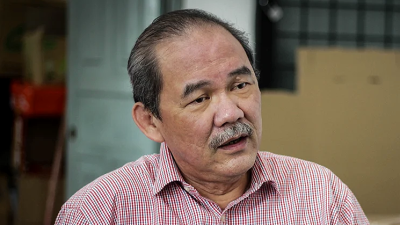
The recent report by research organization Social Weather Stations on hunger in the Philippines highlights not only the failure of the government to address poverty, but also the relationship between people’s access to food, agricultural production and land use.
The report says 11.8 per cent of Filipino households (about three million families) experience hunger, and 33 per cent (about four million) of Filipino children under five years old are malnourished.
Hunger results in undernutrition and malnutrition which, in turn, lead to “high stunting” among children, which means that they are unlikely to reach their full mental and physical potential.
This seriously undermines all other efforts to upgrade people’s quality of life.
A major contributor to the problem of hunger in many regions of the country is the decline in local food production due to the increasing loss of agricultural land, caused by uncontrolled urban growth and economic globalization.
The negative consequences of these processes can, however, be negated, and their benefits derived through effective regional land use planning and management.
This requires bridging the rural and urban divide. Economic change and development over the years have intensified the distinction between “urban” and “rural” areas and conditions.
With this divide, the all-consuming growth of large cities is seen as positive, while rural communities are lamented as being devoid of economic potential. It isolates and pits urban and rural areas against each other.
Rural specialists rarely mention urban areas, even though most farming households depend on urban demand (by consumers or industries) for part of their livelihood.
Non-farm employment is often an important part of rural livelihoods, as some members of rural households commute to work in urban areas.
Most rural producers rely on urban centers for access to markets, agricultural services, credit, and farm equipment and supplies.
Much of the rural population relies on local urban centers for most of their retail purchases, and for access to public and private services (for example, schooling, healthcare and government services).
On the other hand, urban specialists ignore agriculture and rural demand, concentrating on what is happening in urban areas, even though the livelihoods of people in many urban households have rural components.
In many urban centers, the whole basis for prosperity is a combination of rural demand for goods and services and the added value that is derived from local crops.
The urban labor force often includes a significant number of rural commuters or rural dwellers who work seasonally in urban centers.
Urban boundaries may include large areas of agricultural land and a significant proportion of the “urban” labor force working in agriculture.
These inter-relationships reflect the reciprocal and repetitive flow of people, goods, information, financial and other services between rural, peri-urban and rural areas, which are interdependent.
They are socio-spatial arrangements, creating places with distinct yet interwoven socially constructed identities.
Many studies and projects over the past few decades have shown that synergy between agricultural production and urban-based enterprises is often the key to the development of more vibrant local economies and more pro-poor regional development.
Integrated urban and rural areas can boost each other’s economies, with ripple effects of that success felt throughout the region.
Regional development policies based on an integrated planning approach should aim to curtail the negative consequences of urban agglomeration and uneven growth.
To achieve this, emphasis must be placed on the development of small and medium-sized towns; the improvement of connectivity via both sustainable transport connections and information and communications technology; and developing better ways of governing and managing existing informal areas in the peri-urban interface, especially those under multiple administrative jurisdictions.
The goal, in addition to ensuring food security and environmental revitalization, is to redirect the benefits of development more equitably among rural and urban citizens.
(Nathaniel von Einsiedel is a fellow and past president of the Philippine Institute of Environmental Planners.)
ADVERTISEMENT
ADVERTISEMENT








































